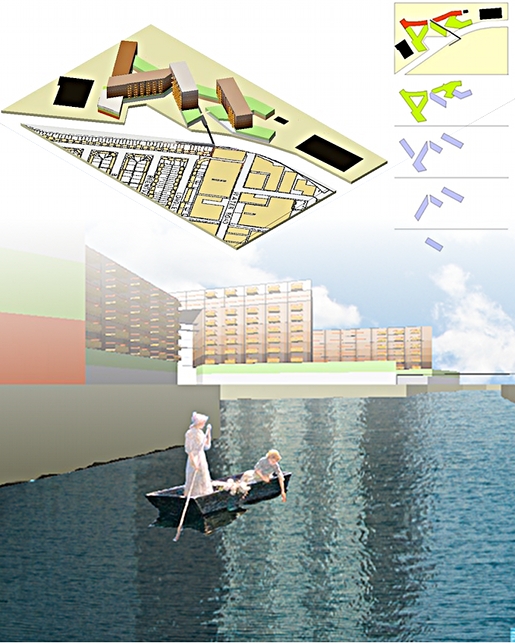

Alperton
2002
n/a
Alperton
We were asked to explore the scope for dense canalside housing working with an exceptionally pragmatic developer and, at a distance, a social housing group.
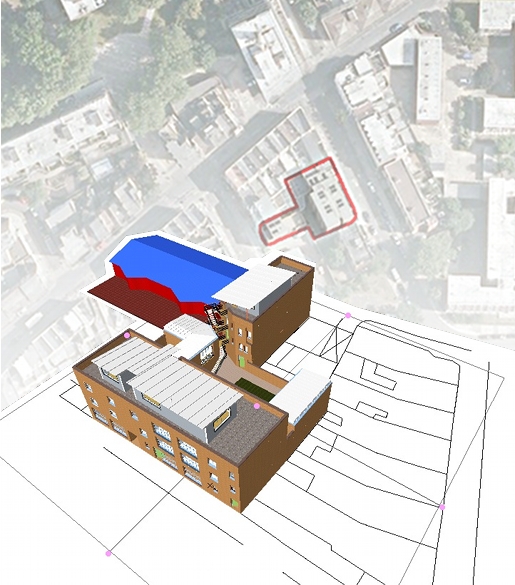
Allcroft Studios
2000
£3m
West Kentish Town
TYA, working on behalf of a small social housing group, identified an overlooked site in West Kentish Town, and put forward a complex site development concept, which eventually achieved planning consent in 2002. The site was sold on and the built-out scheme by another developer closely followed the massing set out by the TYA scheme.
The path to a successful site sale for the freeholder was very much eased by the original work on site development done by TYA. The ensuing successful planning application from TYA on behalf of the original clients opened up the site’s value to a much wider range of potential buyers.
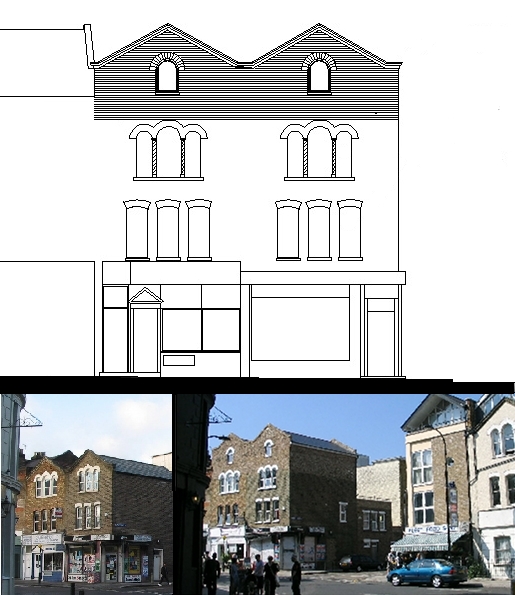
Fleet Road
2001
£300,000
Belsize Park
This project brought together two owners of adjacent properties keen to extend their above shop accommodation for rent. TYA dealt with the conservation obstacles to a double roof extension to house new flats. The properties were extended at the rear to further enlarge the above shop space.
A key to the development was an agreement between the freeholders, mediated by TYA, to share stair access to the above shop dwellings, thereby saving space that would otherwise be wasted on duplicated circulation.
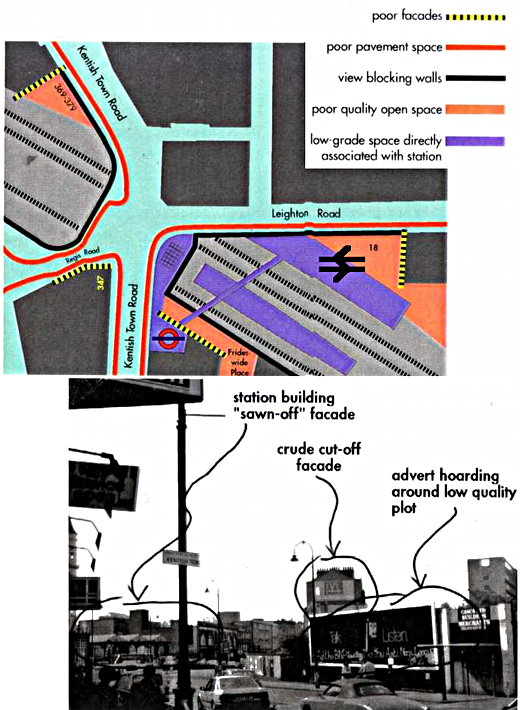
Kentish Town Future
1996
n/a
Kentish Town
This report for Groundwork Camden grew out of a previous project reviewing opportunities for new breakthrough pedestrian links between West Kentish Town and Kentish Town Road. The two halves of the area have long been awkwardly connected. New pathways were and are an interesting way to address the larger problem of obstructive commercial landholdings right in the heart of the area.
The huge potential of KT is related to the future of its railway lands. The report for Groundwork attempted to open up debate about the future. Only now, with the emergence of the Localism Bill is that conversation coming alive although all the old pitfalls await the unwary.
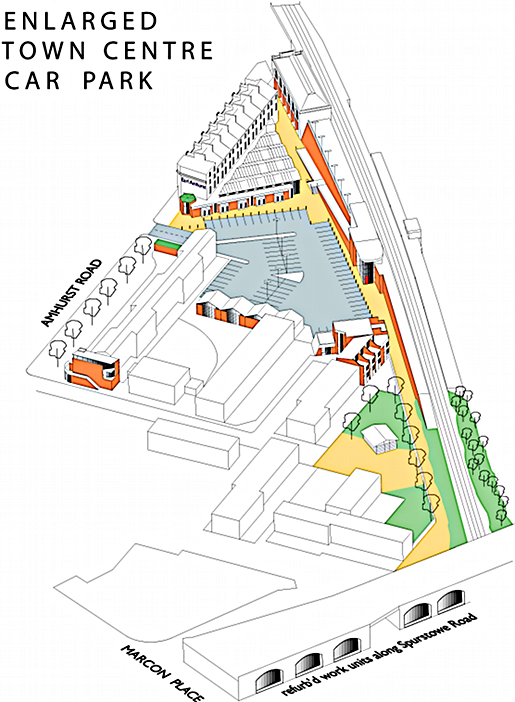
Hackney Central
1999
£12,000
Hackney
This study of the Hackney Central urban centre, north of the Graham Rd junction, was carried out to explore opportunities for urban design improvement to support town centre business and popularity. The work divided the area in sub-areas for which a costed menu of interventions was offered. The work was received by the client Groundwork Hackney and its Council partners with great enthusiasm and was considered an exemplary planning report.
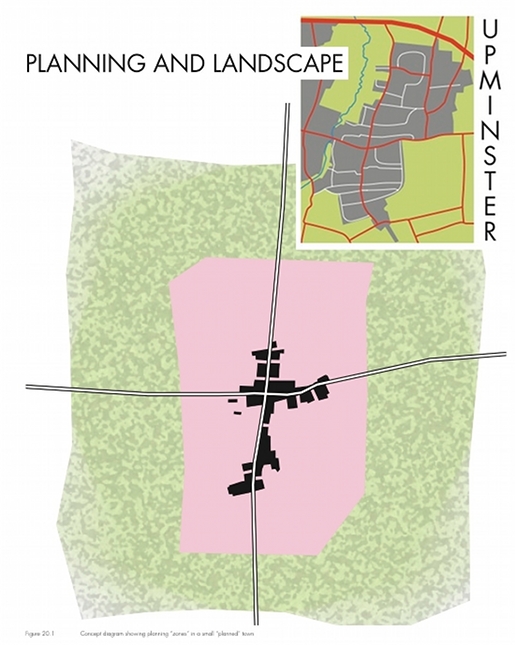
Upminster Town
2000
£11,000
Upminster
This commission from Groundwork to show ways to improve public space in Upminster’s centre was a chance to work on a suburb with justifiable pretensions to being a discrete town. The role of the landscape in defining the separateness of Upminster was an obvious starting point. The narrative potential of the town’s distinct open spaces to refer to landscape and its different qualities was a way to develop the landscape theme. The project was immensely interesting although held up by the strong conservatism of the settlement and its politicians.
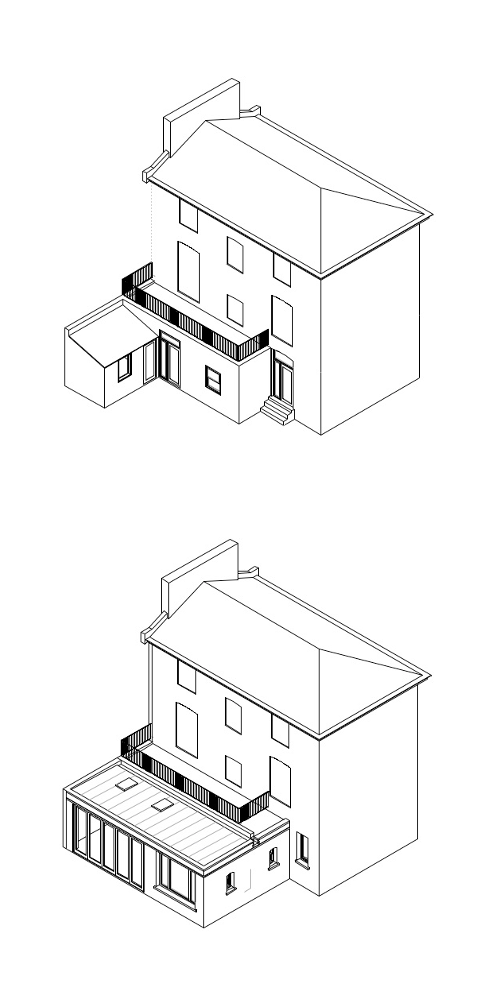
Bartholomew Rd (1)
2019
£150K
Kentish Town
This was a typical extension design challenge in a Conservation Area. It proved navigable through close design cooperation with the client and a reasonable approach from the Camden planning officer.
Highgate Road
2014
£150,000
Kentish Town
This project adapting and extending a listed house in KT is current. It features a ground floor artist’s studio extending into the garden and a first floor extension of the galley kitchen to form a dining area overlooking the garden.
Planning consent was granted in April 2015. The project is set to go ahead later in 2015.
The rear of the house is in the heart of a block of varied history. The need to respond to time past was a significant design and planning concern. At the same time, clear expression of the changed relationship between interior and exterior which marks our time compared to the 18thC or 19thC guided our design thinking.
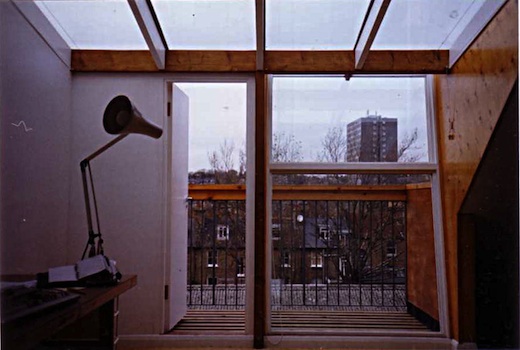
Hanley Road
1994
£25k
Islington
This roof extension for a journalist and novelist was to serve as a workspace and separate bedroom.
The views and north light were important factors in establishing a work environment. Costs were extremely pared down.
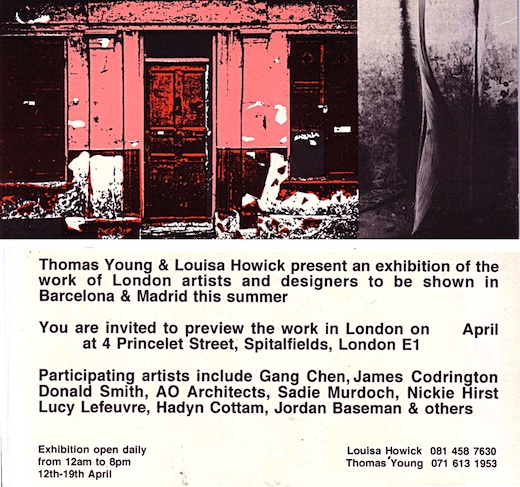
Young Artists
1992
£1000
Princelet Street
Along with the art entrepreneur Louisa Howick, Tom Young conceived the idea of a show of work by London-based artists in the lead up to the Barcelona Olympics.
Our aim was put on a show emphasing artisanal skills in a part of London where craftwork used to be an important industry.
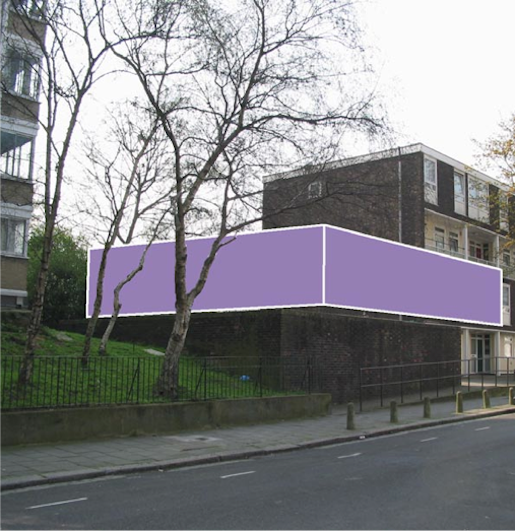
Gospel Oak Small Work Places
2003
n/a
Gospel Oak
We have lobbied for years that one of our long-standing study areas - Gospel Oak - is suitable for the diffusion of small scale business space development, but only if the business itself owns and develops the new workspace. Only that way is business active on site from the word go.
Quotation from Michael Porter’s report “The Competitive Advantage of the Inner City”:
The lack of businesses and jobs in disadvantaged urban areas fuels not only a crushing cycle of poverty but also crippling social problems such as drug abuse and crime. And, as inner cities continue to deteriorate, the debate on how to aid them grows increasingly divisive. The efforts of the past several decades to revitalize inner cities have failed. The time has come to recognize that revitalizing the inner cities will require a radically new approach. While social programs will continue to play a critical role in meeting human needs and improving education, they must support—and not undermine—a coherent economic strategy. The question we should be asking is how inner-city-based businesses and nearby employment opportunities for inner city residents can proliferate and grow. A sustainable economic base can be created in the inner city, but only as it has been created elsewhere: through private, for-profit initiatives and investment based on economic self-interest and genuine competitive advantage.
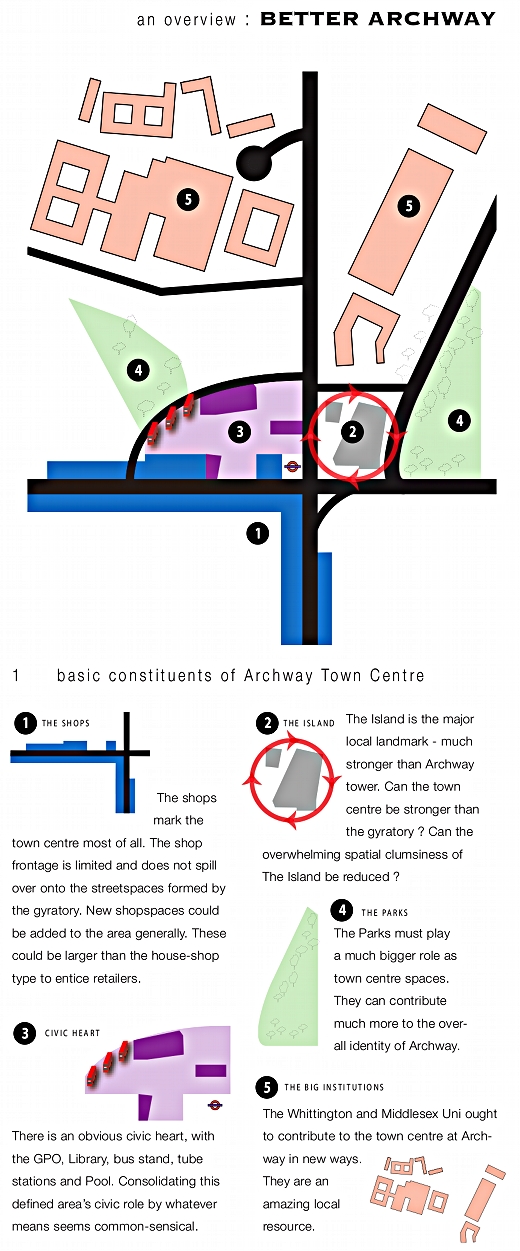
Urban Buzz Exhibition
2009
grant assisted
Archway
Involvement with the excellent civic group Better Archway Forum has been a natural extension of Tom Young’s focus on neighbourhood level urban design. The Urban Buzz exhibition was a great opportunity to formulate ideas and produce imagery about renewing the main office block cluster in Archway. There are clear opportunities which remain unrealised here, built on the idea of re-use rather than comprehensive redevelopment. The malign local effect of the unutilised office block complex is a classic example of irresponsible freeholding.